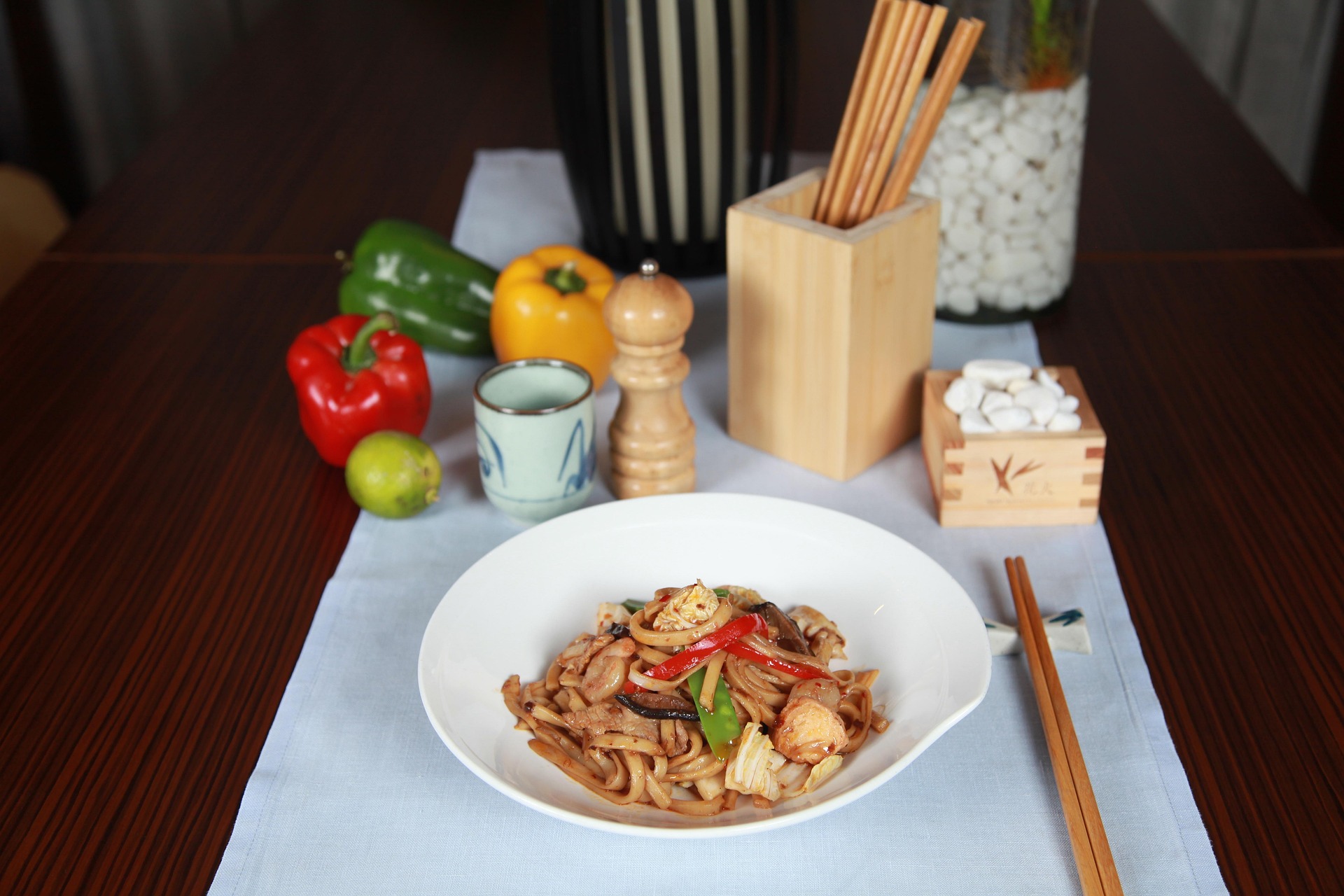Cracking the Code: A Dive Into the Art of Sous Vide Cooking
Sous vide, a cooking technique that has been the secret weapon of top chefs for decades, is now becoming popular among home cooks. This method, which involves cooking food in a vacuum-sealed bag in a water bath at a precise temperature, offers a unique culinary experience that is both innovative and approachable.

The Science Behind Sous Vide Cooking
Sous vide, which means “under vacuum” in French, is a technique that allows for precise temperature control, resulting in evenly cooked food. It’s a departure from traditional cooking methods, where the heat source is often hotter than the desired internal cooking temperature, making it easy to overcook food.
Here, the food is cooked in a sealed bag in a water bath at a precise temperature, often for longer periods. Because the food can’t get hotter than the water, overcooking is nearly impossible, and food is evenly cooked from edge to edge.
The Versatility of Sous Vide
Sous vide isn’t just for gourmet cuisine. It can be used for a wide range of dishes - from perfectly cooked steaks to creamy custards. Sous vide can elevate everyday foods, like eggs, chicken, and vegetables, to restaurant-quality dishes by maintaining their natural flavors and enhancing their textures.
This technique also allows for creativity. You can experiment with different temperatures to achieve your desired level of doneness, or infuse flavors into your food by adding herbs, spices, or marinades into the cooking bag.
Advantages of Sous Vide Cooking
Sous vide cooking offers a myriad of advantages. For one, it eliminates guesswork. You no longer have to worry about undercooking or overcooking your food. It’s also more forgiving with timing, so your meal will be ready when you are.
Sous vide also enhances flavor. Because the food is sealed in a bag, flavors have nowhere to escape, resulting in intensely flavored and juicy dishes. Plus, this method retains nutrients better than boiling or steaming, where nutrients can leach into the water.
How to Get Started with Sous Vide
Getting started with sous vide cooking is easier than you might think. You’ll need a few key pieces of equipment, including a sous vide machine (also known as an immersion circulator), a large pot or container, and food-grade plastic bags.
Once you have the equipment, the process is pretty straightforward. First, you season your food and seal it in a bag. Next, you set the sous vide machine to your desired temperature and time, and place the bag in the water bath. Finally, when the food is done, you finish it by searing, grilling, or broiling to achieve a beautiful, flavorful crust.
Sous Vide Tips and Tricks
-
Start with simple recipes, like eggs or chicken breast, to get the hang of sous vide cooking.
-
Use a vacuum sealer for the best results, but if you don’t have one, the water displacement method with a zip-top bag works well.
-
Don’t skimp on the searing step. It’s what gives your food a rich, caramelized flavor and appealing appearance.
-
Experiment with different temperatures and times to find your preferred level of doneness.
As the world of cooking continues to evolve, sous vide stands out as a method that combines science and creativity. It’s a unique approach that offers precision, versatility, and enhanced flavors, making it a valuable tool for both novice and experienced cooks. So why not take the plunge and explore the art of sous vide cooking? It might just revolutionize the way you cook.




